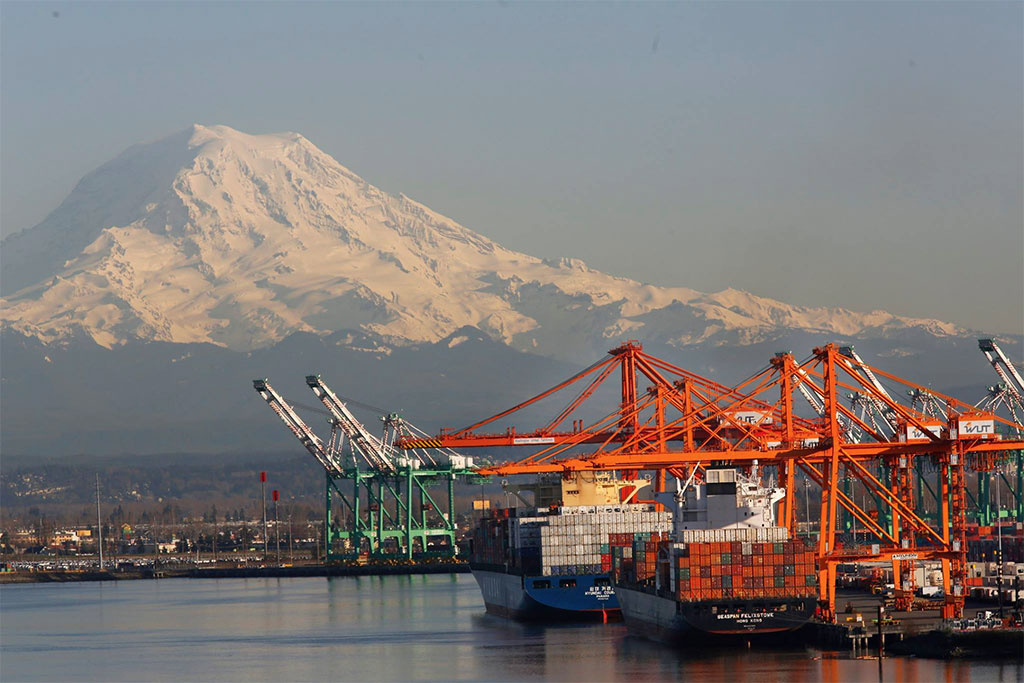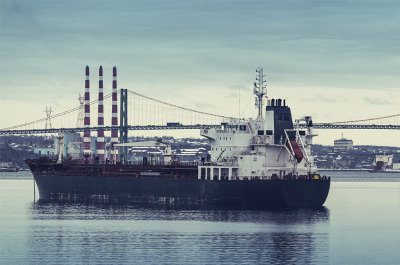As I look out my window overlooking Seattle’s Elliott Bay (Port of Seattle), I have been noticing an increasing number of container ships piling up and anchoring down for long periods of time as a result of failed negotiations between the major West Coast Ports and the Longshore workers. This issue dates back to May of this year when the talks between the parties were displaying no middle ground.
This wasn’t a huge problem until early November, when the association accused the union of a series of work slowdowns in Seattle, Tacoma and Oakland. The union denies the accusation of a work slowdown, saying the congestion is the result of numerous operational problems. What I see out my window — along with the well-documented similarities in the California Ports — leads me to believe there is a work slowdown!
I realized how bad the problem had become late in December when I was on a routine visit to Kent, Wash., which is the home of the distribution market between the Ports of Seattle and Tacoma. It was a Monday morning, and I visited three consecutive third-party logistic companies that all voiced major issues with getting product out of the ports. One of them claimed it had sent drivers to pick up containers, and they waited in line for 12 hours just to be turned away.
Port of Seattle (WorldMaritimeNews.com)
A recent Bloomberg article from November echoed my clients’ cries: “In Seattle, the slowdown has left container ships anchored in Elliott Bay, waiting to unload, while containers stack up in rail yards. Truckers who used to make 10 or 12 trips a day to pick up or drop off containers are now making as few as one, said Gary Gieser, vice president of sales at MacMillan-Piper, which operates container loading stations in Seattle and Tacoma.”
At the Los Angeles–Long Beach port complex, the nation’s largest, the time between a when a ship docked and when a container was available for pickup more than doubled to about 80 hours from September 2013 to September 2014, according to data from INTTRA, which tracks global trade for shipping lines. On a typical day in recent weeks, about a dozen ships have sat at anchor awaiting a berth, according to data from the Marine Exchange of Southern California.
Most retail firms, including Walmart, saw this coming long ago and either diverted freight to unaffected Ports or simply bulked up for the holidays as an insurance policy against a work slowdown or stoppage altogether. So, although many large retailers likely will not be affected in terms of loss of holiday sales, many smaller businesses are likely running out or tight on inventories, leaving customers with less options to buy presents.
So, the moral of the story is, if you’re anything like me, you better not rely on last-minute shopping heroics to make sure the junior has his football and the wife gets her necklace!
Matt McGregor is Executive Vice President at Colliers International in Seattle, handling leasing and transactional management for logistic and manufacturing companies. Connect with Matt on LinkedIn.

 Matt McGregor
Matt McGregor


 Colliers Insights Team
Colliers Insights Team
 Lex Perry
Lex Perry